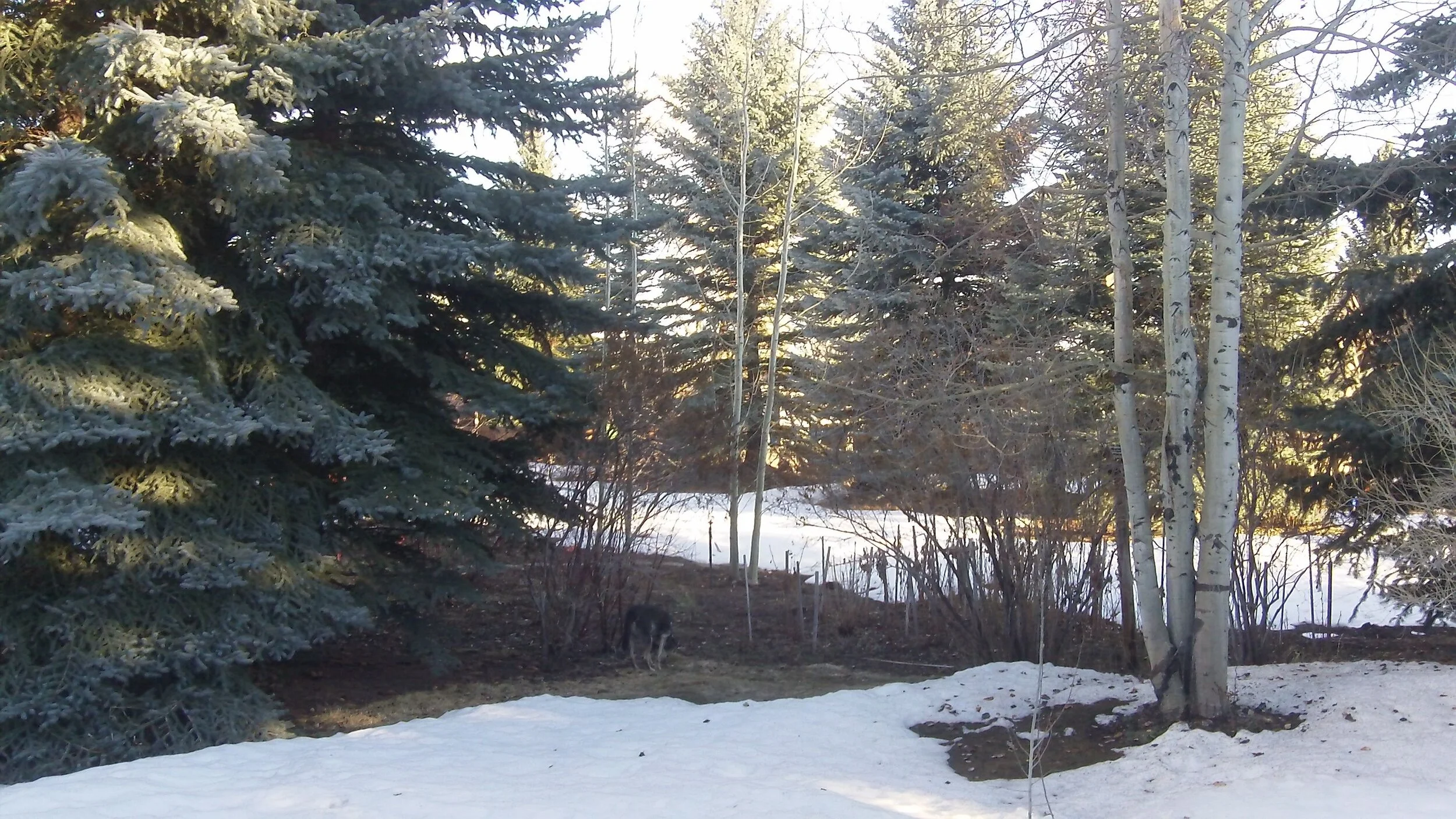Where's the color in a winter landscape?
Gardeners in milder climates have many options. They can turn to cool-season annuals such as pansy, calendula, diascia, and dianthus that can last from fall until early spring. But colder gardening regions have fewer options. As a result, those winter landscapes consist mostly of brown, gray, some green, and lots of white.
There can be a bright side to this picture if you consider adding reds and yellows from the red and yellow twig dogwood. Both of these plants can offer dramatic points of color in a colder climate. "
However, many gardeners have added them to their landscape only to be disappointed several years later when their once-colorful shrubs are now sporting stems that are ash gray, brown and black.
What happened? It's called aging. As red and yellow twig dogwoods get older, the colorful stems lose their color and the shrub becomes a tangled mess of dead or dying stems. To add to this poor appearance, many gardeners treat these shrubs as hedges and shear them to a specific height, causing them to decline and lose their color.
Red and yellow twig dogwood can remain colorful for many years in the garden by removing the older stems, allowing new stems to grow back. These young stems provide the color.
Older stems that are losing color or are ash gray, brown or black will never again look good and should be removed by cutting them back to the soil line. Resist the temptation to cut back stems only halfway. The stems left behind will never have the original color and will result in a shrub that is thick with small, unattractive stems.
After the old stems are removed, the area around the shrub can be cultivated, grass and weeds removed, and the plant fertilized and mulched to encourage the re-growth of new colorful stems.




